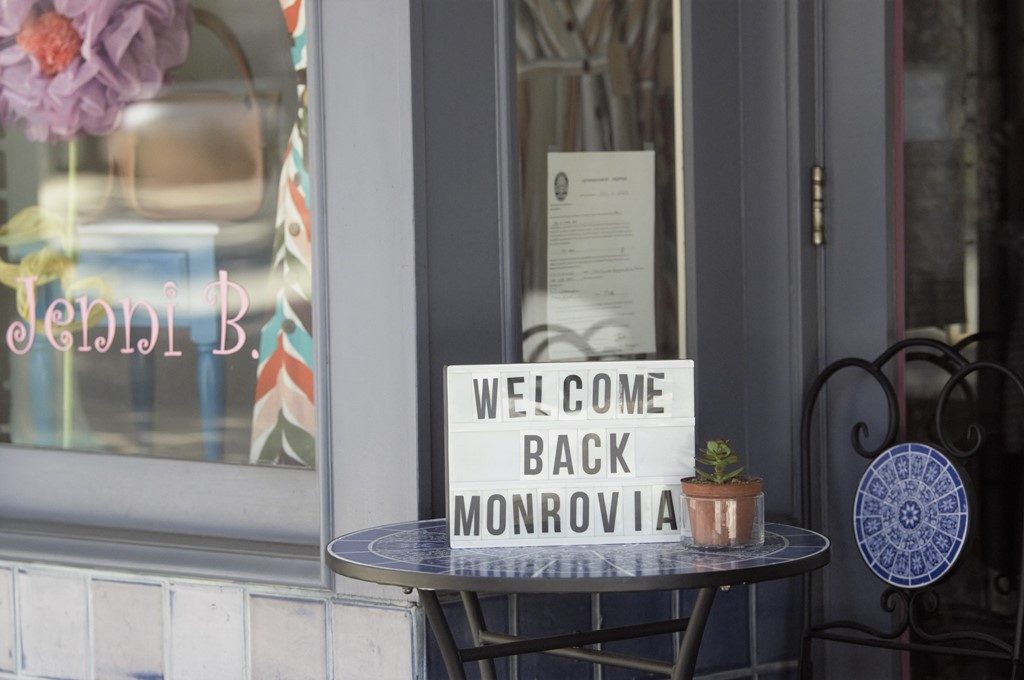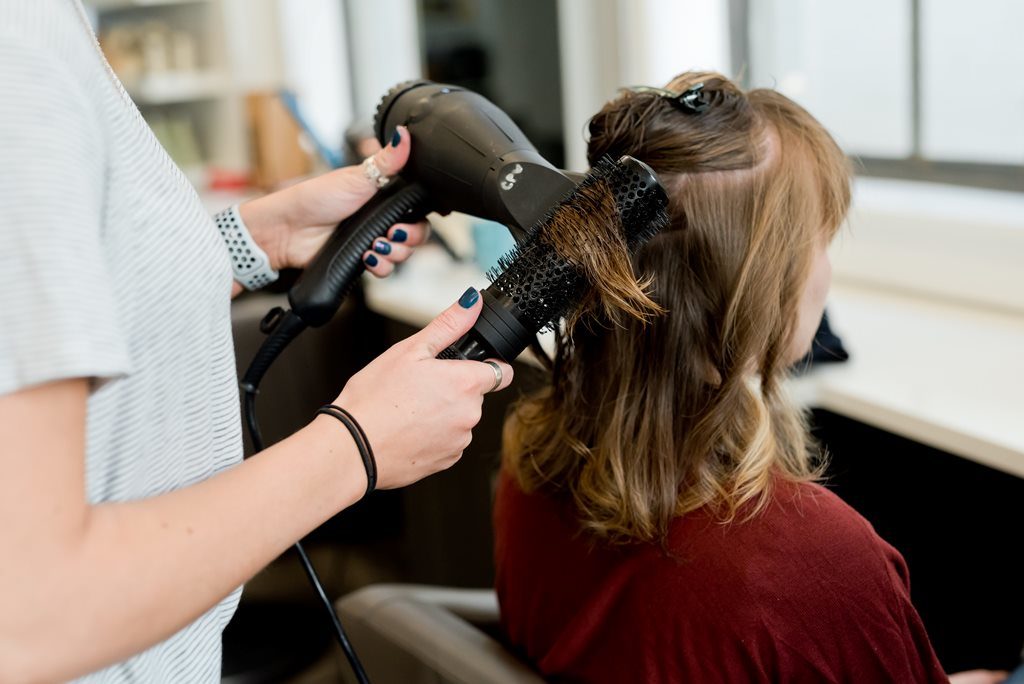
By Terry Miller
In the rush to open up the country from COVID-19 lockdowns, counties, states and the federal government are at loggerheads as to who can do what, when, where and how.
If this past Memorial Day weekend is any gauge, the art of social distancing is history. Thousands flouted the health and safety mandates — congregated at pool parties and beaches all over the country and the careless left tons of garbage on the otherwise pristine beaches.
Locally, Eaton Canyon was closed after hikers disregarded most mandates over social distancing and wearing face masks. Eaton Canyon will remain closed until May 31.
Public health experts have been warning for weeks that the rush to open could have dire consequences.
Most states have partially reopened after seven weeks of pandemic restrictions. But this is where the confusion begins.
Last week, Caitlin Rivers, a leading scholar at Johns Hopkins Center for Health Security told a U.S. House Appropriations subcommittee that none of the states meet all the criteria needed to start reopening.
According to an NPR report last week, Rivers told the subcommittee. “We risk complacency in accepting the preventable deaths of 2,000 Americans each day. We risk complacency in accepting that our health care workers do not have what they need to do their jobs safely. And we risk complacency in recognizing that without continued vigilance, we will again create the conditions that led to us being the worst-affected country in the world.”
Economic pressure seems to have thwarted health experts’ educated and well-researched advice.
Clearly, however, there is a school of thought that getting back to “normal” business will be difficult but necessary if we are to survive this pandemic — the country is experiencing the highest unemployment rates since the Great Depression.
Locally, the Los Angeles County Board of Supervisors is considering opening cities with fewer cases reopen sooner.
The supervisors are urging Governor Gavin Newsom to allow the county to move into Stage 3 of the reopening plan. This could allow for dine-in restaurants, movie theaters, gyms, hair and nail salons to resume operations.
Here’s how Paul Little, executive director of the Pasadena Chamber of Commerce sees it:
“Pasadena businesses are struggling for their lives. They need your help and support.
“Here is what the City of Pasadena can do:
- Allow retailers and restaurants to expand into the public realm by right to allow service on adjacent sidewalks, streets and parking lots, including alcohol service in conjunction with food with no additional permits, inspections or costs. Do this throughout Pasadena. Do this indefinitely.
2. Allow restaurants expedited CUP processes for alcohol service with staff approvals, minimal costs and no hearings.
3. Allow for expedited reopening-related approvals-over the phone and online will suffice. Do not charge for any approval, inspection or permit related to reopening.
4. Enact a moratorium on the expiration of any and all CUPs related to business closures. Extend pending applications indefinitely.
5. Allow for expedited tenant improvement permits during business closures.
6. Encourage all city employees to patronize Pasadena businesses through weekly emails to all. They can buy gift cards, order take-out, order online from local stores. Your employees should do everything they can right now to support our local small businesses and tax base.
7. City must restructure all procurement to aggressively support local Pasadena businesses.
8. City must not do anything to add costs to local businesses under any circumstances.
“Now is the time to act.
“Approve a City of Pasadena contribution of $1 million to the Pasadena Storefront Small Business Relief Fund.
“Current estimates are that more than 100,000 small businesses (2%) have already closed permanently and 3% of restaurants are closed forever right now. (University of Illinois, Harvard, University of Chicago and Harvard Business School study). The Philadelphia FED anticipated 1/3 of small businesses (fewer than 500 employees) will experience significant financial hardship. Several organizations have surveyed and found that most businesses in the U.S. will close for lack of $10,000 to $15,000.
“If we are to forestall this volume of closures in Pasadena, immediate action is necessary. That action is funding the Pasadena Storefront Small Business Relief Fund.
“In addition, other actions to facilitate business reopenings and enhance profitability in the face of restrictions are necessary to support our economy and ensure long-term fiscal stability.
“Our neighbors are doing this for the survival of their local small businesses. Pasadena needs to do the same now.”






